Nick Kanakis uses the Tamron SP 150-600mm VC G2 lens to pique people’s interest in conservation through bird photography.
Nick Kanakis has been a lifelong naturalist, starting when he was a boy and obsessed with insects and birds. Once he got to college, he took more of an academic interest, diving more deeply into larger theories and processes of ecology and conservation. “One day I decided it would be fun to bring a camera with me and show people what goes into the fieldwork,” he says. “That’s how I started taking pictures of the subjects that had long been in front of me.”
After college, Nick turned to more hands-on conservation, including work with the National Audubon Society in the Dallas-Fort Worth area. “We deal with a lot of different birds, not just in the Dallas area, but globally,” he says. “For me, the photography aspect has been a critical component in getting people interested in our conservation initiatives. I don’t think I could communicate as effectively the work I’m doing with Audubon without the accompanying photos.”
A few years ago, Nick purchased his first Tamron 150-600mm lens. “That’s when I really started showing off images that were aesthetically pleasing to grab people’s attention,” he says. More recently he got his hands on the new Tamron SP 150-600mm VC G2 lens, which has taken the previous version’s versatility, image sharpness, and clarity to new levels.
“I shoot a mix of photos, depending on the situation,” Nick says. “If I’m doing a birding tour, for example, I’ll typically be on a monopod or shooting handheld. But if I’m trying to nail down some shots for a more specific project, I’m usually on a tripod with a gimbal. The versatility of the 150-600 in all of those cases is phenomenal. I brought it with me last summer to Tibet, and I was able to capture everything from butterflies right under my nose to hawks and eagles soaring high up in the sky.”
The light weight of the lens—it’s just over 70 ounces—is also key for roving photographers like Nick. “I mostly work out of the Trinity River Audubon Center in Dallas, but I also do a lot of traveling around the country and internationally, including to Ecuador and China, and being able to carry that lens around all day is very helpful,” he says. “Plus, when I shoot handheld, I use the Vibration Compensation (VC) feature, which definitely adds a lot of stability and keeps my images sharp.”
Nick’s main goal when he’s trying to capture a bird portrait is to show them in their natural habitat. “I want the viewer to really get a gist for the species I’m exhibiting,” he says. “Even if it’s a fairly common bird, I want to show something about that bird—a pose or behavior, maybe—that you’d only see from a birder’s perspective, when the bird is relaxed. Kind of like a secretive, behind-the-curtains observation. If it’s a more exotic bird, like a tropical hummingbird, I want to show off what’s unique about it, and the environment it’s in. In those cases I’ll shy away from clean blue or green backgrounds.”
One of the biggest components to successful bird photography is knowing their habits and patterns. “Typically I’ll spend some time birding in a location prior to photographing them, without my camera, just to familiarize myself with the site and to see what the most active spots for the birds are,” Nick says. “Then when it’s time to photograph them, I’ll just wait until they emerge. I’ll usually hide out in a portable, camouflaged blind, so they can act naturally and do their thing without me getting in the way.”
Nick tries to get at eye level with his winged subjects. “If it’s a bird on the ground, for example, like a small songbird, I’ll often be on the ground with it,” he says. “But it really is up to the bird at that point. If getting a photo would require me to disturb the habitat or the bird, then I’ll just enjoy watching them and not even try to get the shot.”
His composition is situation-specific, but he’ll often wait for the bird to approach a perch or other area where he knows they’ll be stationary for a few moments. “I’ll compose around that scene, usually switching into Live View to get a better feel for the composition, rather than simply trying to anticipate what the bird might do,” he says.
When he’s trying to capture birds in groups, rather than individual posers, Nick will seek out patterns to add visual interest to the photo. “Flight patterns, for instance,” he says. “The other day I was photographing a bunch of turkey vultures flying through, and from a distance, they formed an almost tornadic swirl. I wanted to break out that elemental shape they were forming. Otherwise, they would’ve looked like a mass of blobs.”
Read on for a brief description of some of Nick’s latest photos, from Dallas to the deepest parts of Ecuador:
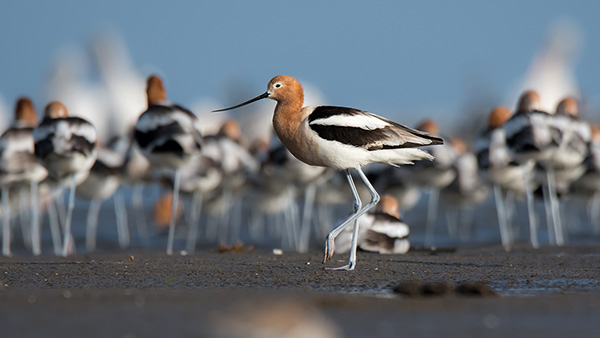
600mm, F/7.1, 1/1250th sec., ISO 320
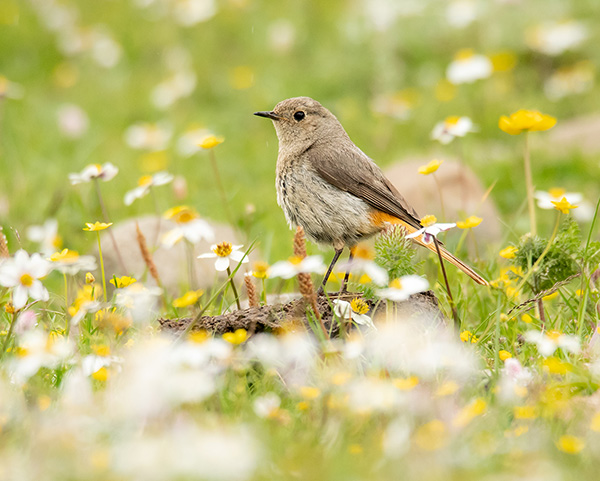
600mm, F/8, 1/800th sec., ISO 1000
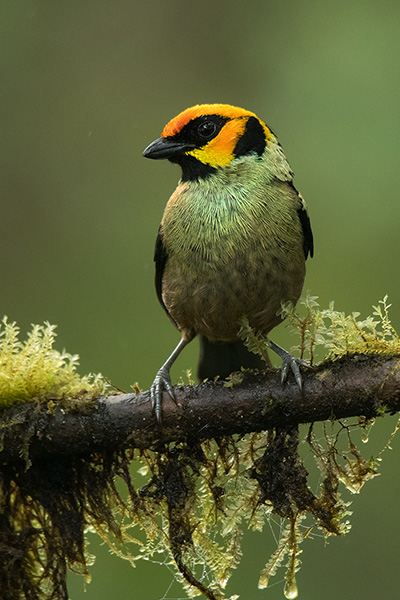
600mm, F/8, 1/320th sec., ISO 2500
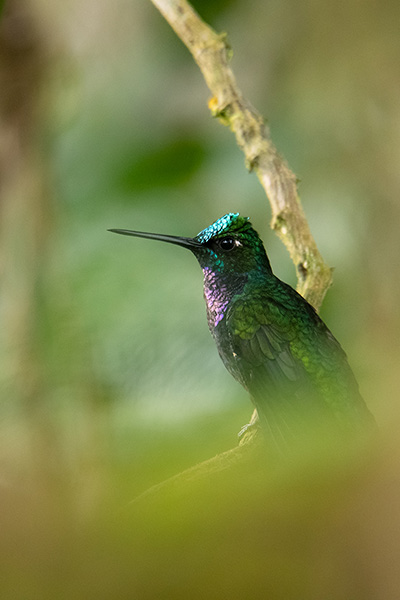
600mm, F/6.3, 1/100th sec., ISO 2500
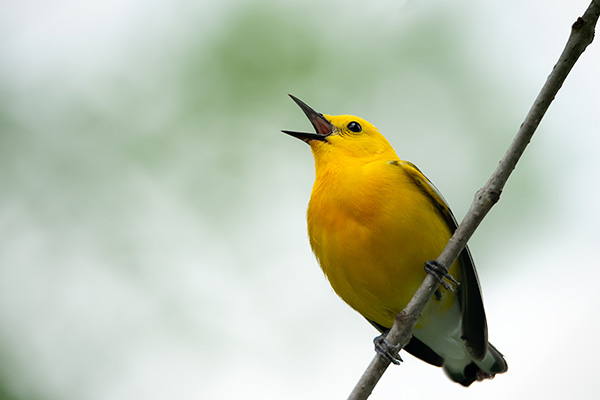
500mm, F/6.3, 1/800th sec., ISO 800
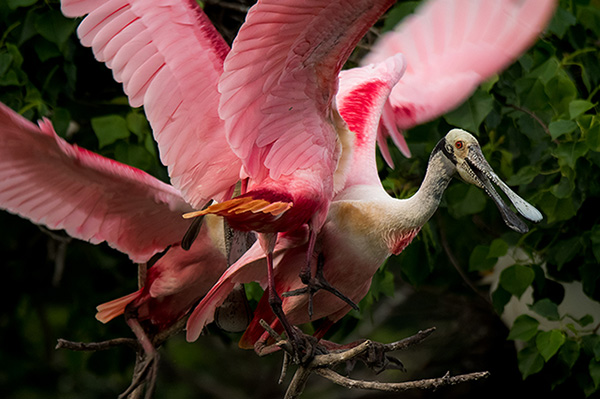
500mm, F/6.3, 1/640th sec., ISO 1000
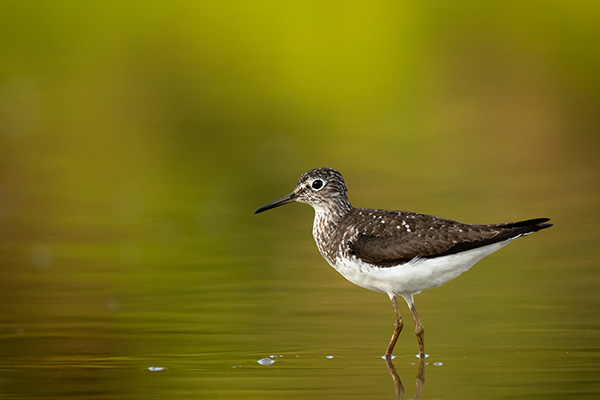
600mm, F/6.3, 1/320th sec., ISO 640
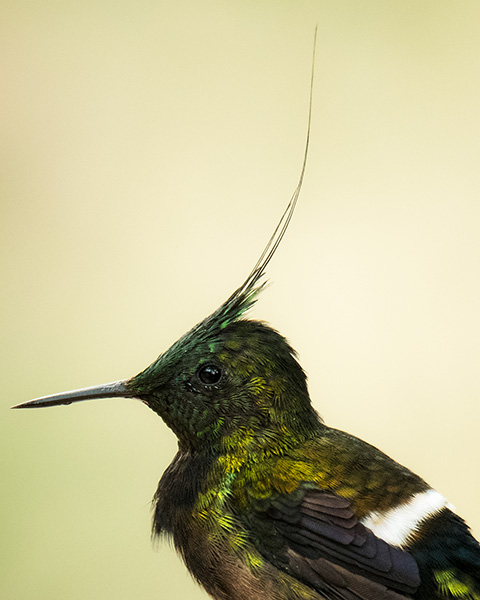
600mm, F/8, 1/100th sec., ISO 2000
To see more of Nick Kanakis’ work, go to https://nickkanakis.com/.
